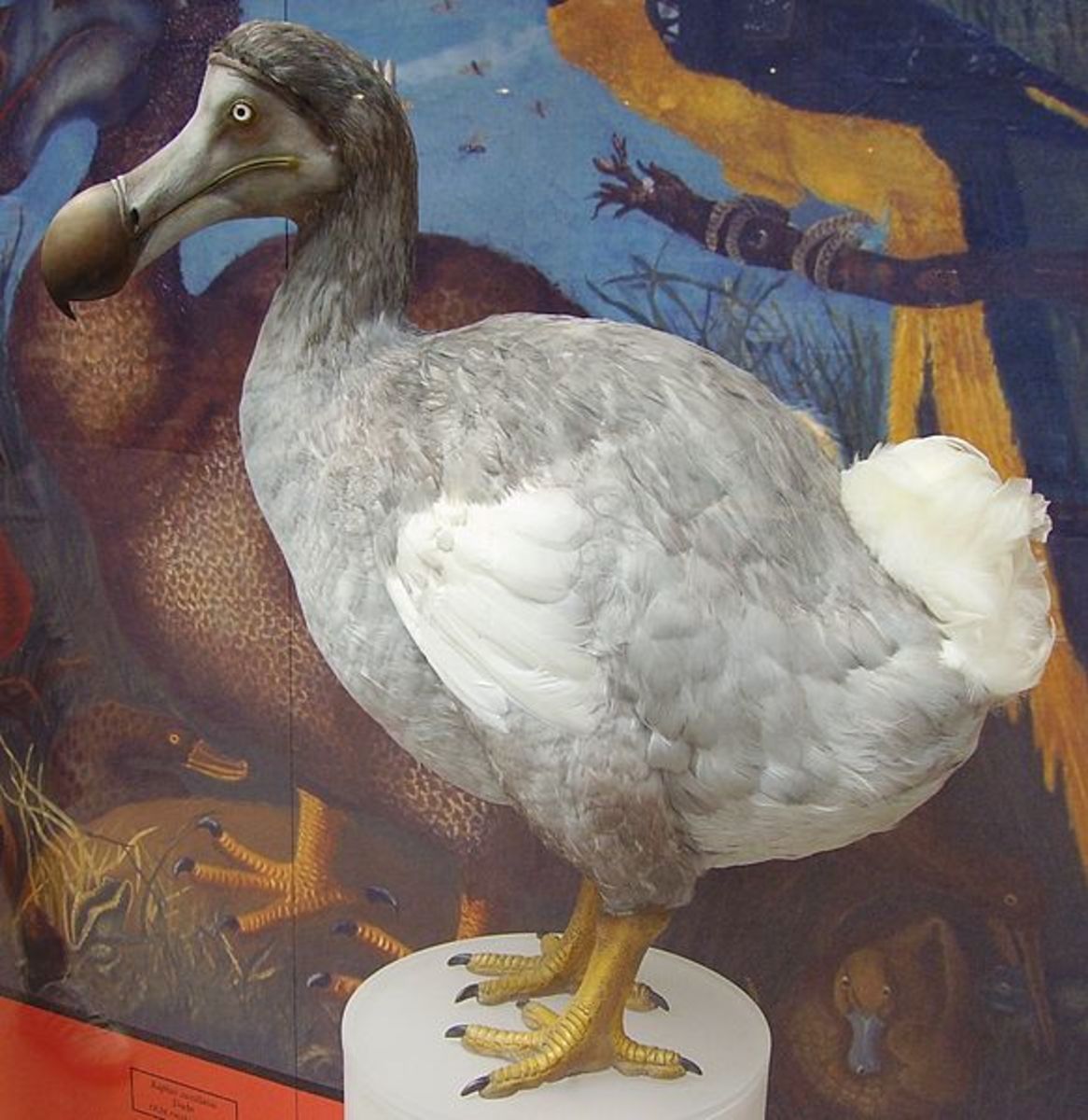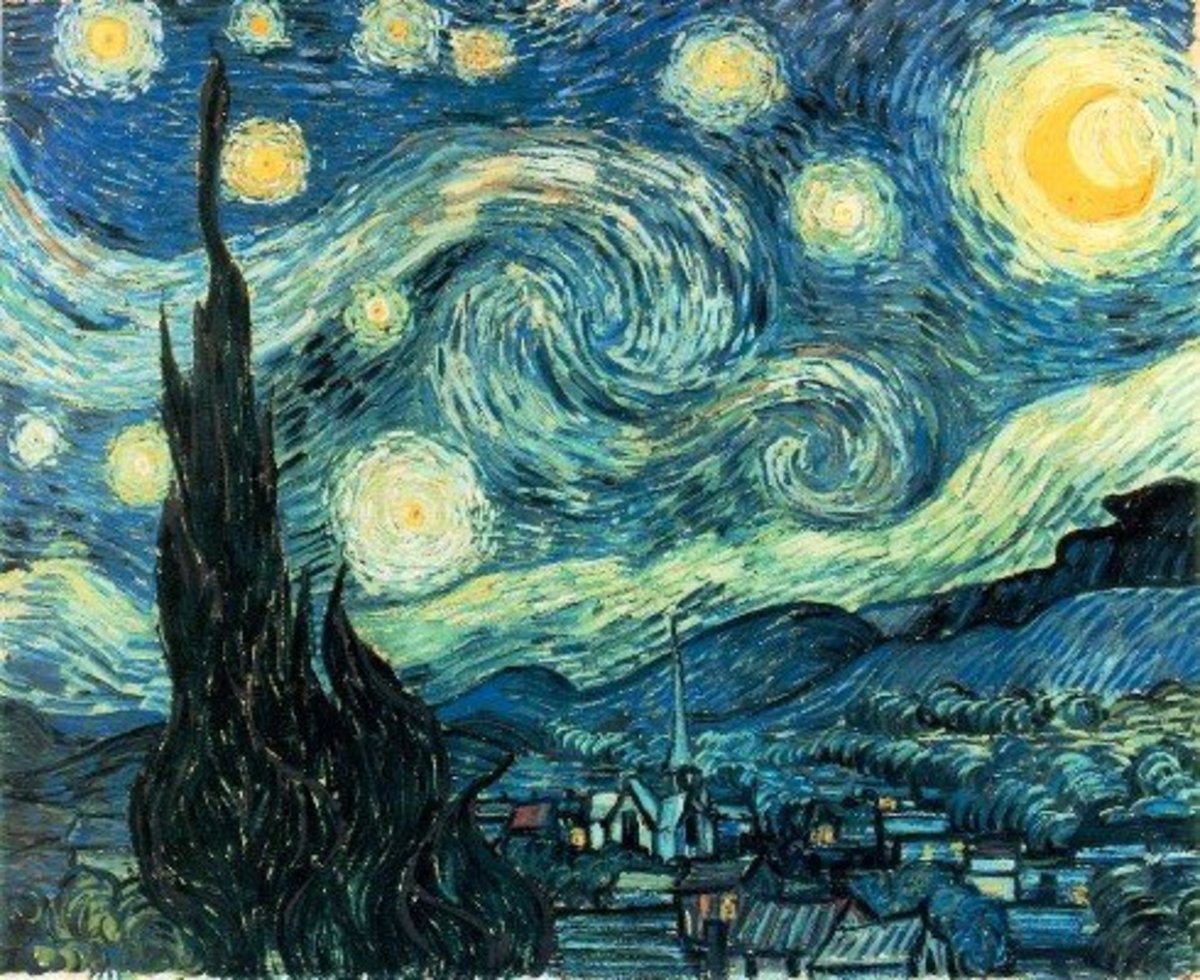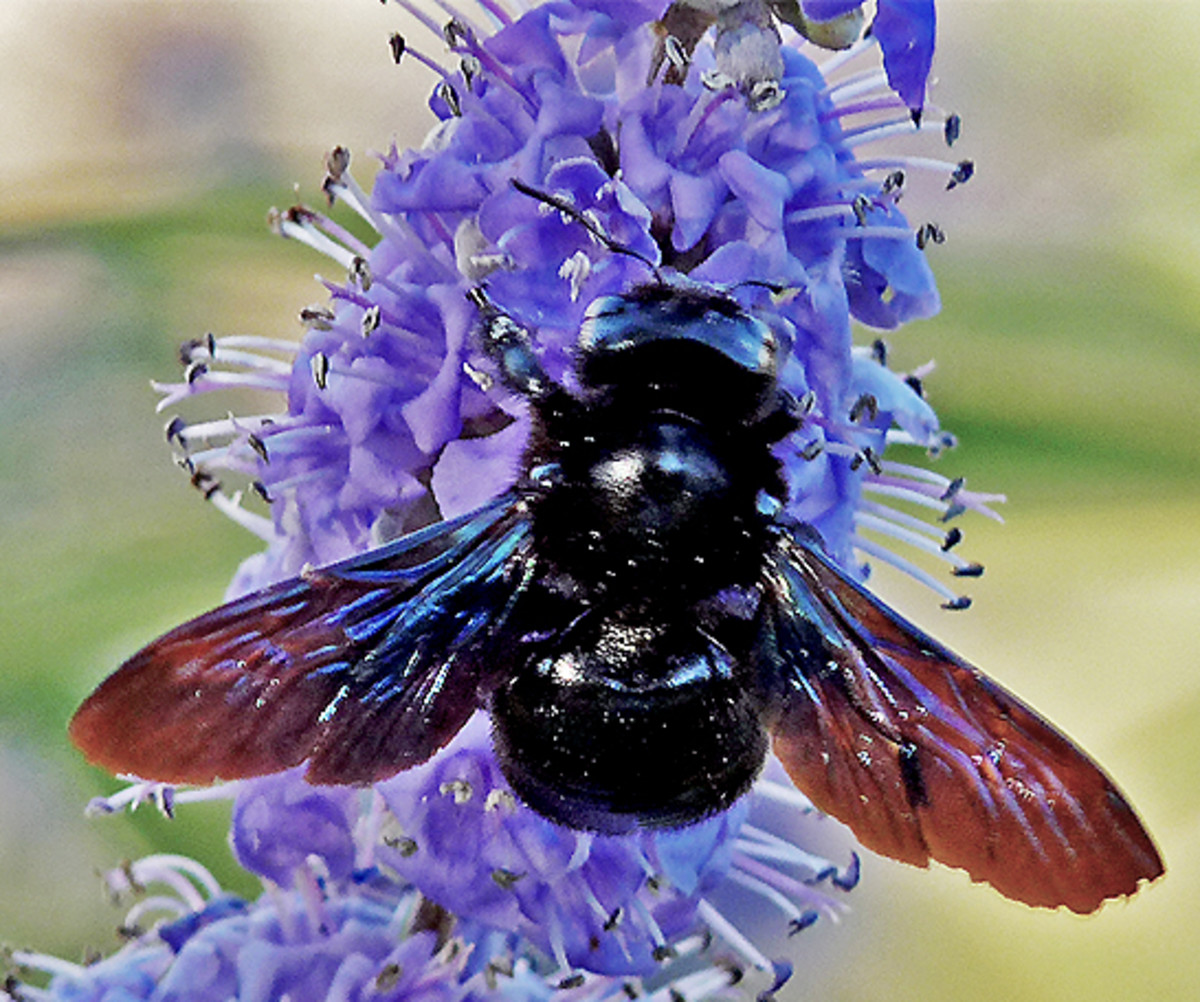Pere David's Deer

Discovery, abduction and extinction; the weird and wonderful tale of Pere David's Deer
To look at the photograph above, you would consider there to be nothing particularly out of the ordinary about the animal in centre-shot. Ok, it has rather a thick neck, it's tail is unusual for a deer and it's face is ever-so-slightly cow-like in appearance, but all in all a fairly bland creature not particularly worthy of mention. However, as mothers tell children all over the planet with yawn inducing regularity, "one should never judge a book by it's cover". In fact Pere David's Deer is one of my personal favourite animals on the planet because of the history of how it comes to still occupy it, and has avoided being consigned to just a list of names of creatures wiped out by mankind.
It was discovered, in terms of becoming known to Western science, by the eponymous French missionary "Pere" Armand David in 1865 living within the grounds of the Emperor of China's "Forbidden Palace". Although obviously a new species with it's unusual bodily dimensions, it was not immediately obvious from where the deer had originaly come. Although they would later be discovered to be native to the wetland habitats of sub-tropical east of China, at the time of Pere David's stumbling upon them, the Emperor's herd was the only one left in existence. David, may have been a religious man, but this did not leave him completely without the eye for making a profit. He realised that a new species of deer would be a valuable comodity to the rich collectors of Europe and bribed the locals into "liberating" a number of the animals and shipping them back to Western Europe in crates.
This illegal export of Pere David's Deer would undoubtedly prove the most critical single action for the species' survival. As 35 years later, the remaining Chinese examples were unceremoniously eaten by Japanese and European soldiers posted near Peking during the Boxer rebelion.
The final surviving specimens of Pere David's Deer by 1900 were several thousand miles from where they had initially set out; living at Woburn Abbey in the green English countryside. Their survival mainly down to the Duke of Bedford who refused to allow them to be eaten during the two world wars when food was running out in England.
The story came full circle in the late 1980's when a small herd of the deer were finally released back into the wild in China, from where they are originally believed to have come before their globe trotting adventure. Unfortunately these animals were successfully driven to extinction in China for a second time at the turn of the 21st century. However, with the importance of keeping Pere David's Deer alive now fully recognised and lot's of herds around the world in captivity, a new introduction attempt will surely be made in the future.
For further reading on the subject:
- http://en.wikipedia.org/wiki/P%C3%A8re_David%27s_Deer
Wikipedia information page on Pere David's Deer including info on size, range and behaviour - Pere David\'s deer, Milu
Information on Pere David's Deer and other deer species from around the globe - ARKive - Pere Davids deer videos, photos and facts - Elaphurus davidianus
Learn more about the Pere Davids deer - with amazing Pere Davids deer videos, photos and facts on ARKive - Pere David\'s Deer ( Elaphurus davidianus ) - Pere David\'s Deer information - Pere David\'s Deer fa






